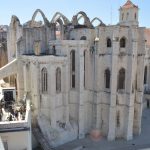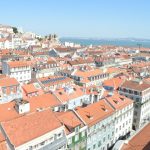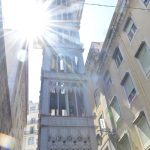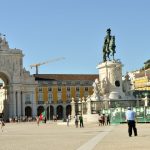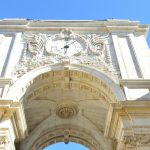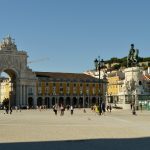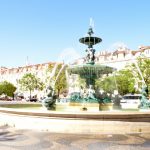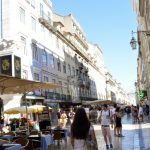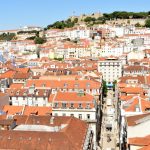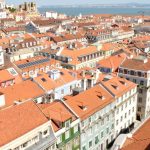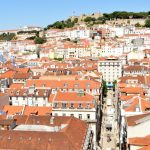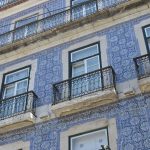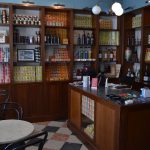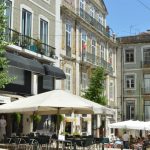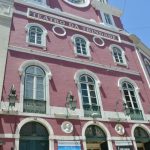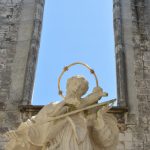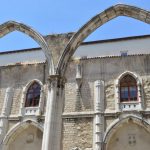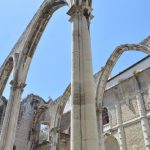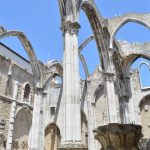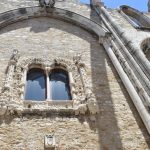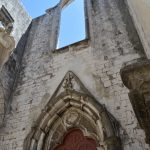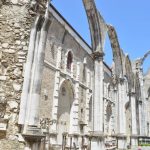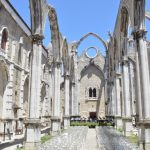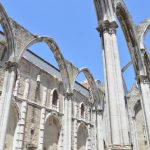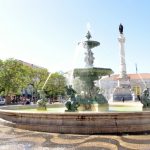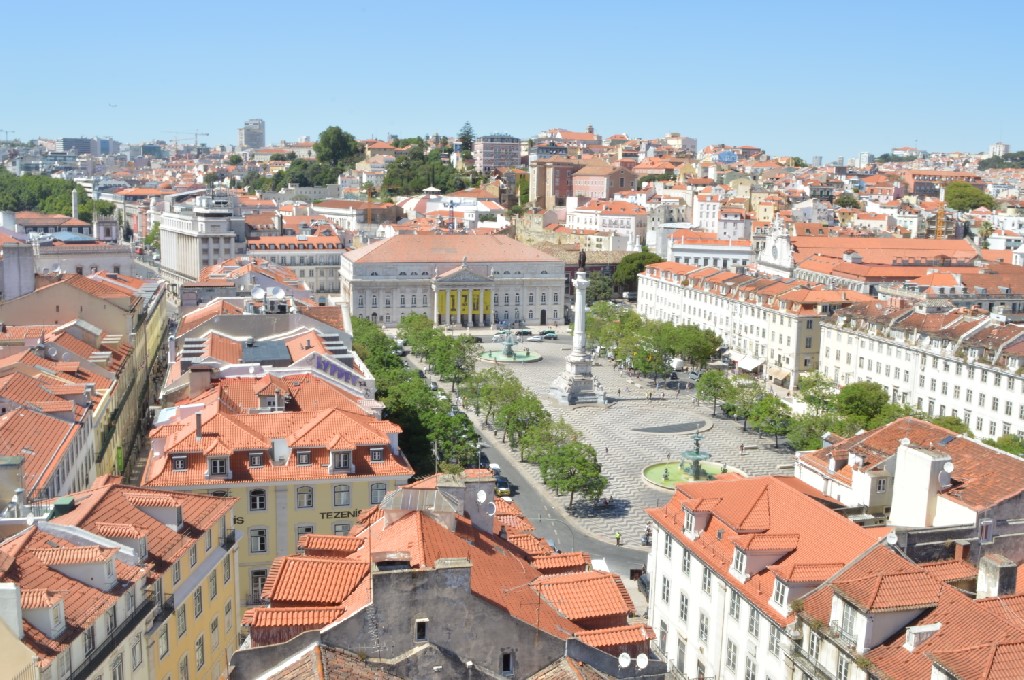 Like a phoenix from the flames, Marquês de Pombal designed a new layout for Lisbon’s city centre after it was devastated by the 1755 earthquake. Using a grid system, with wide open boulevards, Pombal connected the Praça do Comércio on the waterfront to the busy Rossio square. Known as Baixa, the area still attracts locals and tourists to its bars, theatres, shops and cafes.
Like a phoenix from the flames, Marquês de Pombal designed a new layout for Lisbon’s city centre after it was devastated by the 1755 earthquake. Using a grid system, with wide open boulevards, Pombal connected the Praça do Comércio on the waterfront to the busy Rossio square. Known as Baixa, the area still attracts locals and tourists to its bars, theatres, shops and cafes.
Elevador de Santa Justa
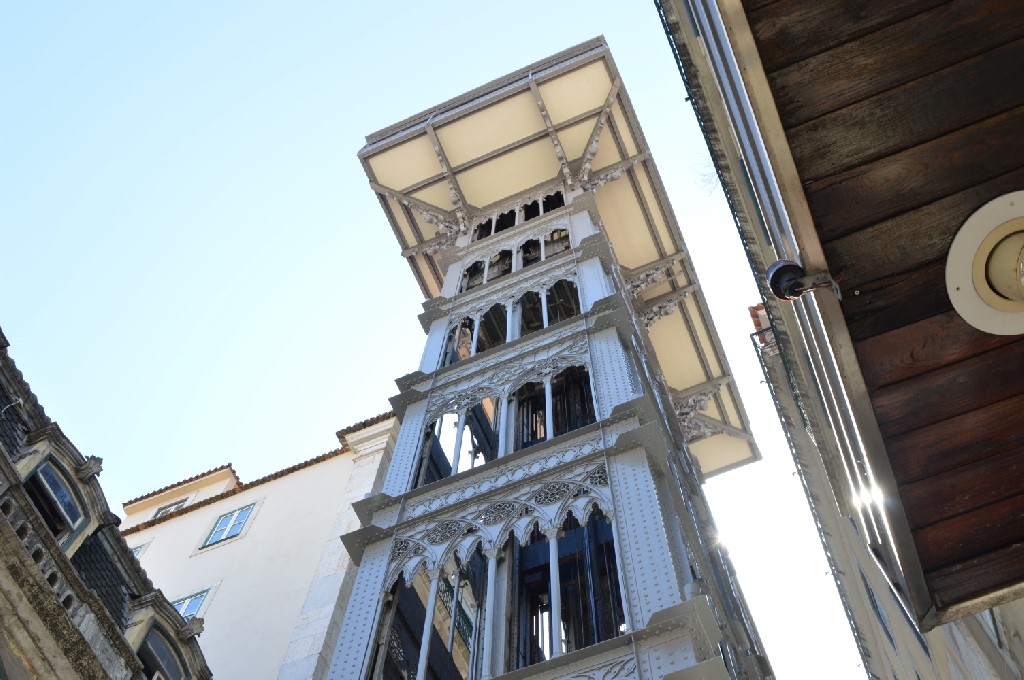
One of the more unusual characters of the area is the Elevador de Santa Justa, or the Elevador do Carmo. This neo-gothic lift was built by the French architect Raoul Mesnier du Ponsard at the turn of the 20th century. Its iron work filagree is distinctly reminiscent of the Eiffel Tower and for good reason, as Mesnier was the apprentice to Alexandre Gustave Eiffel. But unlike the Eiffel Tower, tourists don’t have to queue for some three or four hours for a trip to the top.
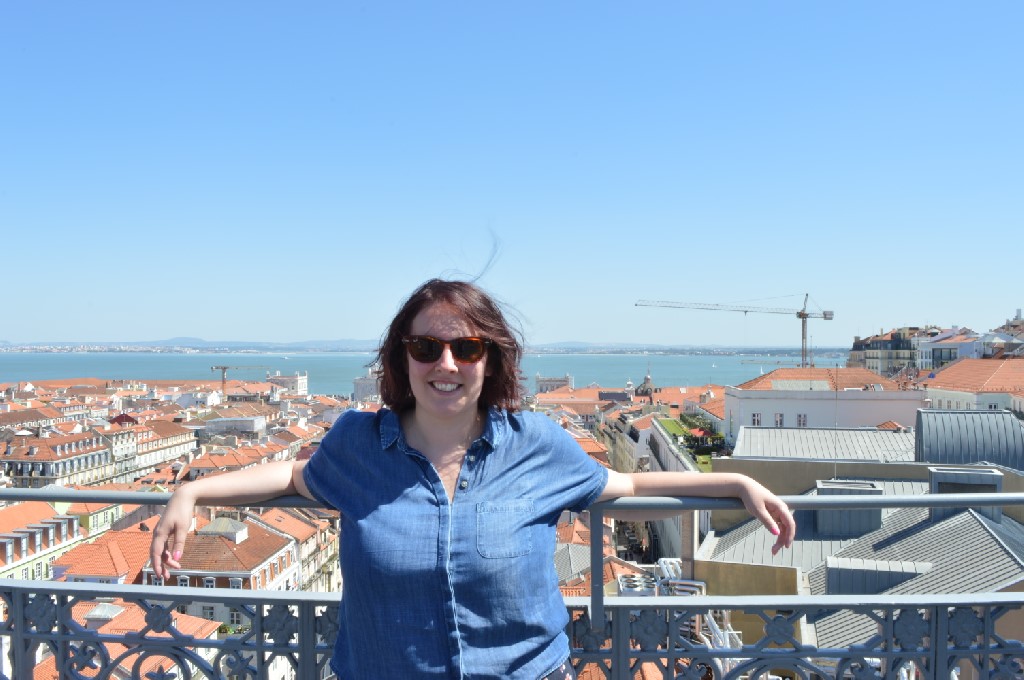
The lift’s box office is located at the foot of elevator and costs about 5.15 euros, or for the very savvy, you might realise that the lift technically forms part of Lisbon’s public transport system ran by Carris. So if you’re hopping on and off the trams or metro, you’re probably covered if you’ve got a 24-hour ticket (6.15 euros only available at metro stations).
I have to say this would be an interesting commute to work every day, sitting in one of the wooden panelled carriages descending from the Largo do Carmo 32m above the Bairro Alto at the bottom of the lift. Mind you, I’m sure with a number of visitors the novelty would soon wear off. The very top floor is the gallery area with great views from Rossio, Baixa, the castle on the opposite on the other hill, the river Tagus and the nearby ruins of the Carmo church.
Igreja do Carmo
Igreja do Carmo I think optimises the horror of that 1755 earthquake which has sculpted so much of Lisbon. As the congregation was attending mass the earthquake’s shockwaves caused the church to collapse, with the roof’s masonry falling on the flock below. Founded in the late 14th century by Nuno Álvares Pereira, the commander who became a member of the Carmelite order, the church was once the largest in Lisbon. Now the ruin stands with the sunlight flooding the church’s nave.
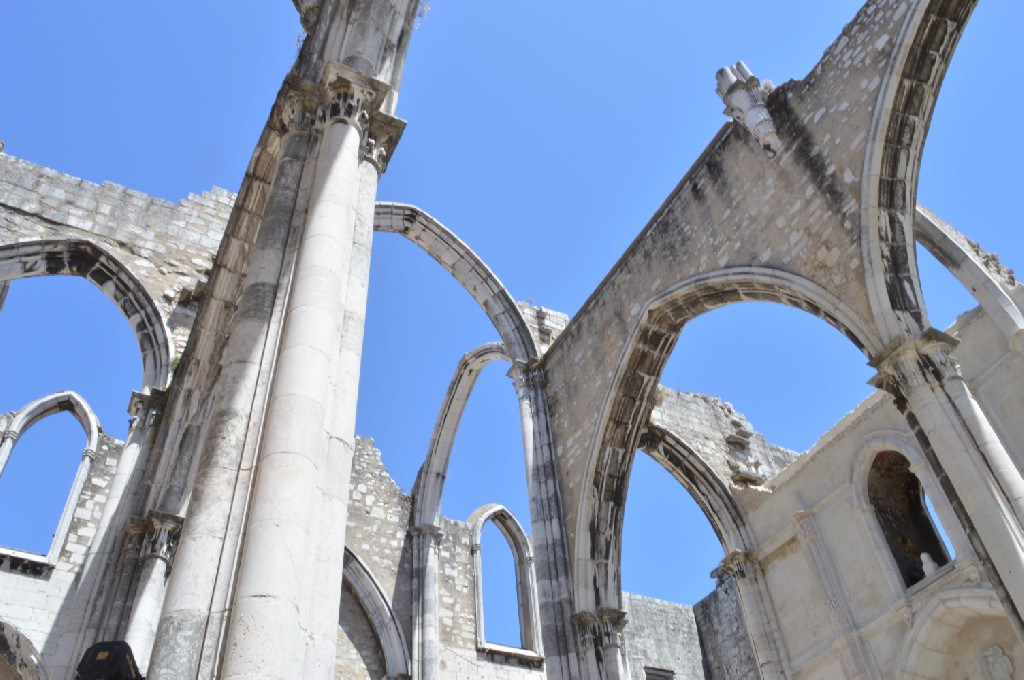
This building is historically important, as it was here during the 1974 Carnation Revolution that the Estado Novo surrendered power after 50 years of dictatorship, mainly lead by António Salazar.
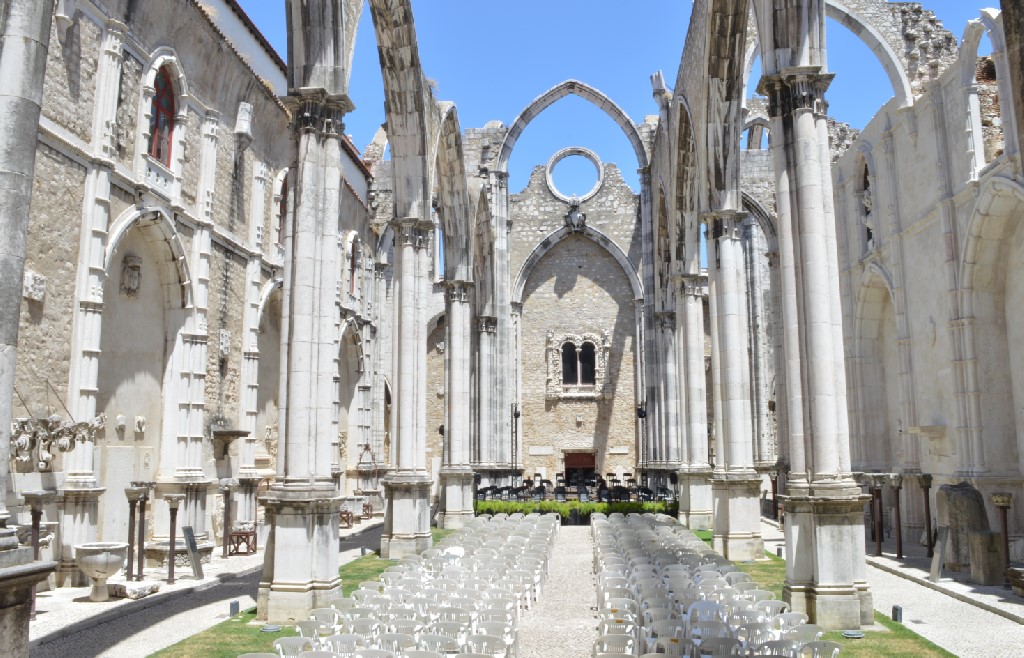
Pastel de Nata
Walking towards the Rossio square, along the Rue Aurea, we stopped at the Casa Chineza Pasteleria, where we ate as many pastel de nata as we could manage. The story goes that after the liberal revolution in 1820, many of the monasteries were falling on hard times, the Belém monk’s at Jeronimos Monastery made small sweet pastries using the sugar cane refinery that was connected to a small shop nearby (handy!) and sold these to passers by. Supposedly the recipe hasn’t changed to this day and is a closely guarded secret.
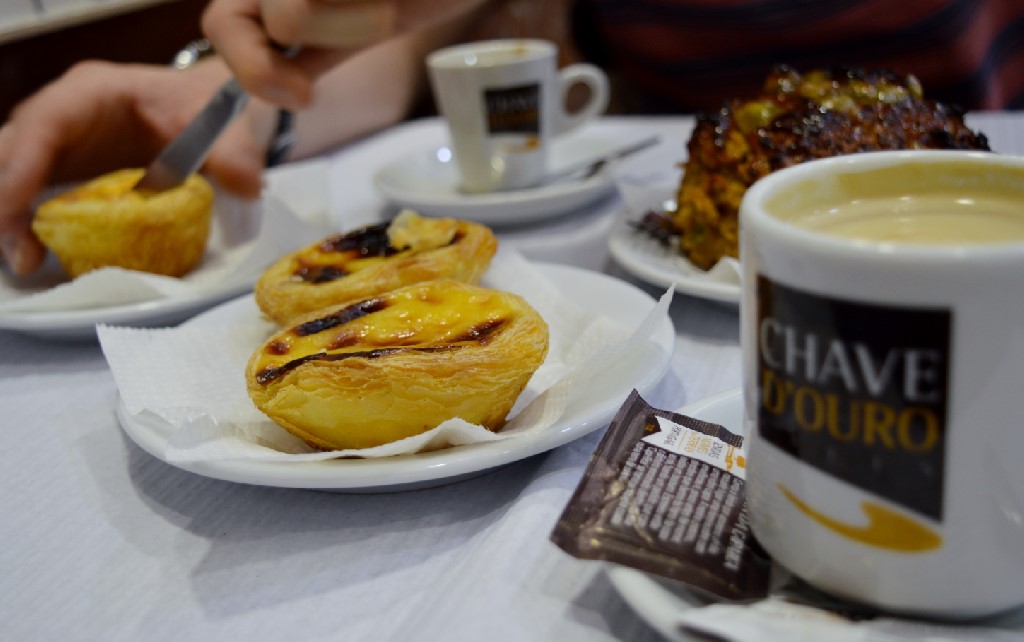
The pastel de nata, as they are known across Portugal, are an egg custard tart in buttery flaky pastry – 20,000 are eaten in Lisbon alone. (At least 50 per cent by the Friend family…) There’s an old Portuguese proverb that says that ‘a bride who eats a pastry will never take off her ring’, so we’ll have to see if we can knock up a few on our own W-day this December.

